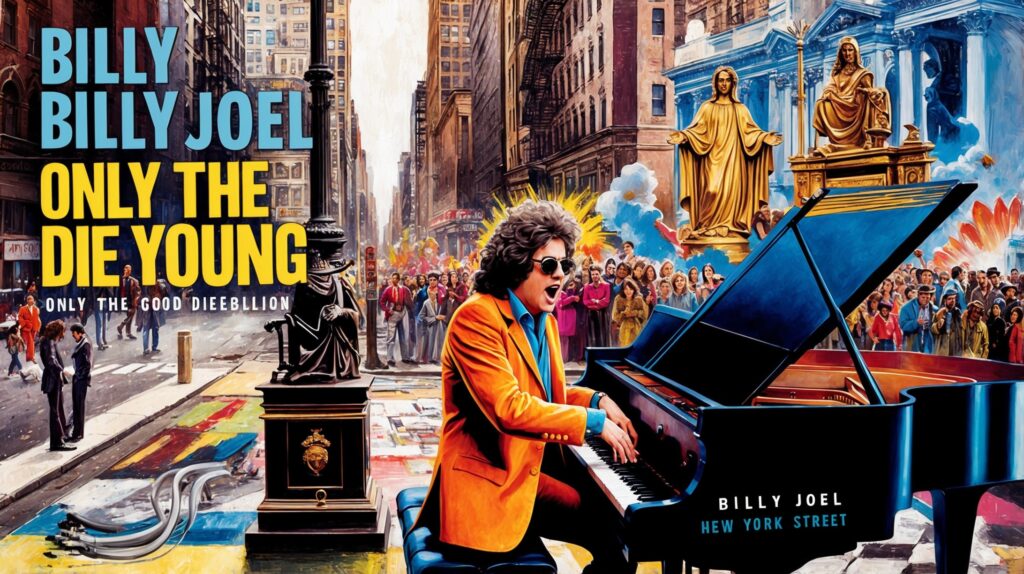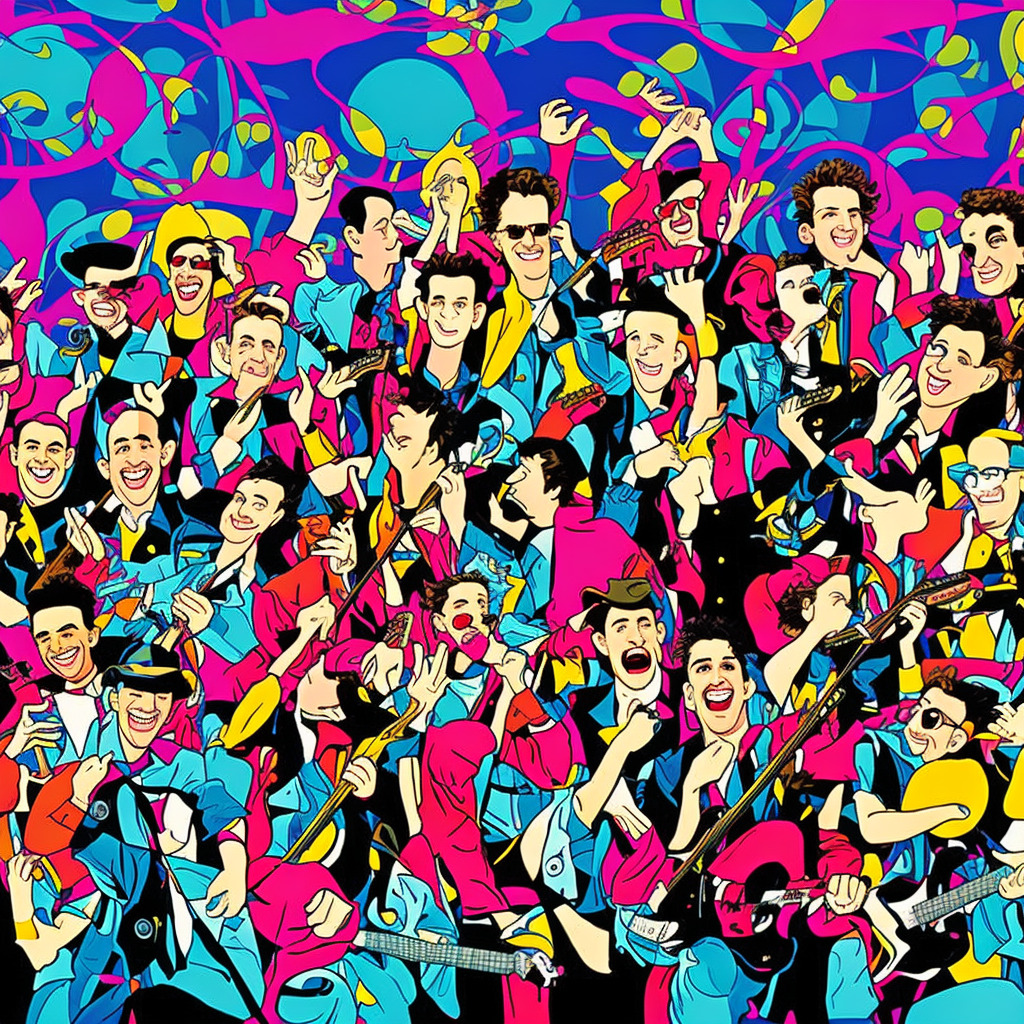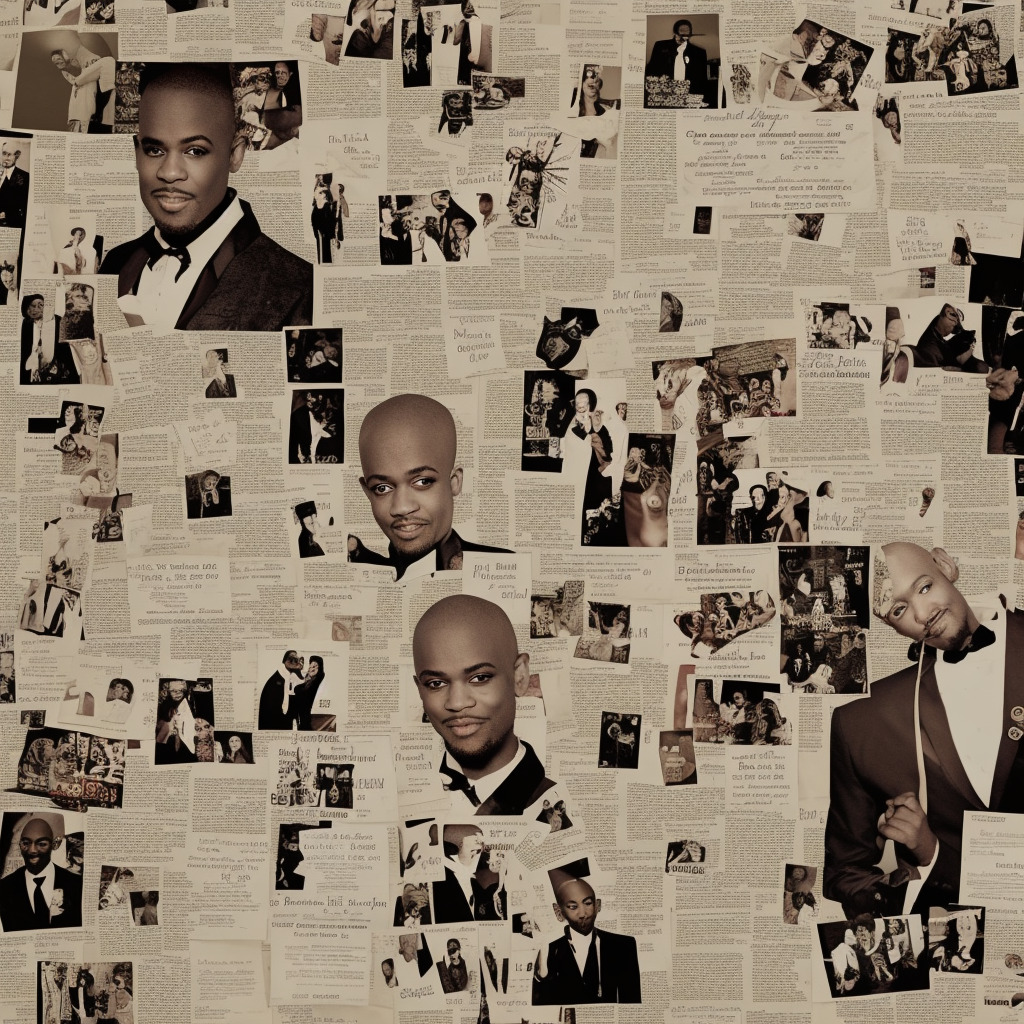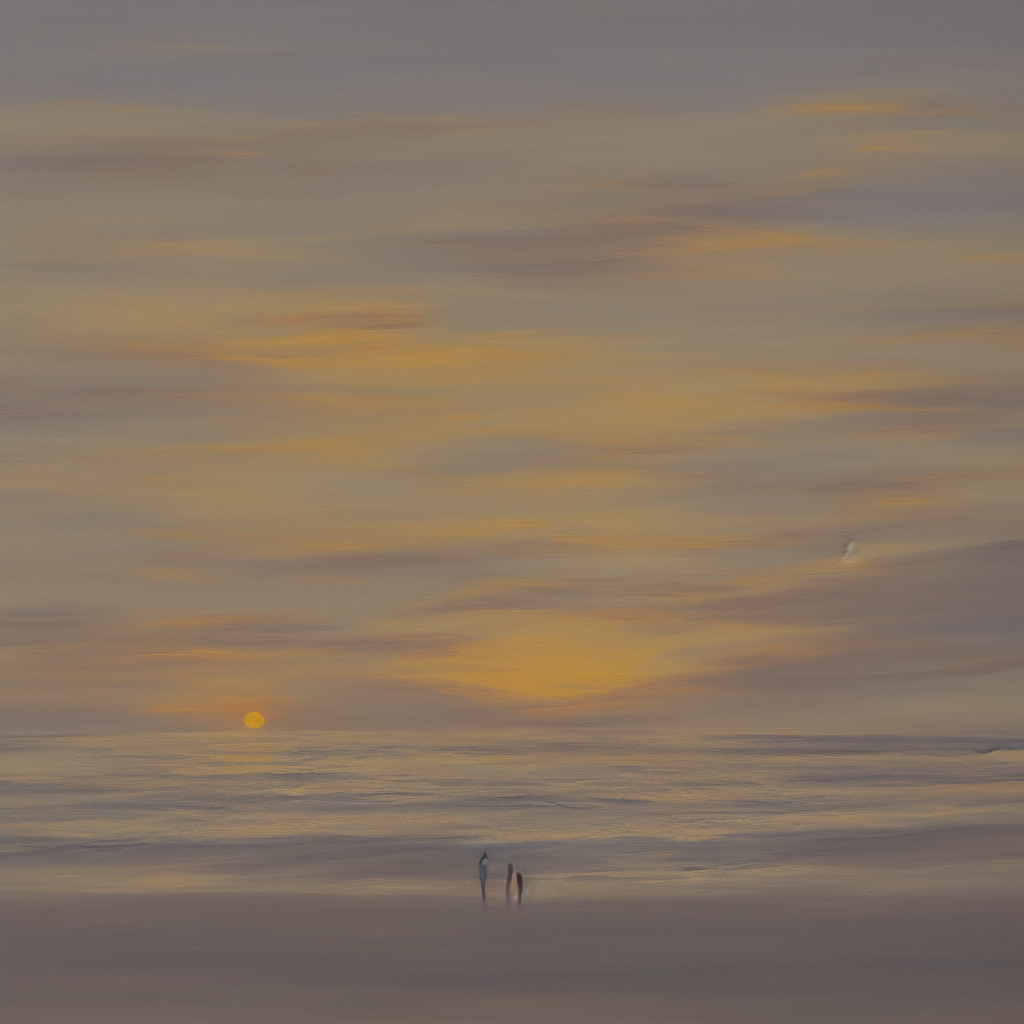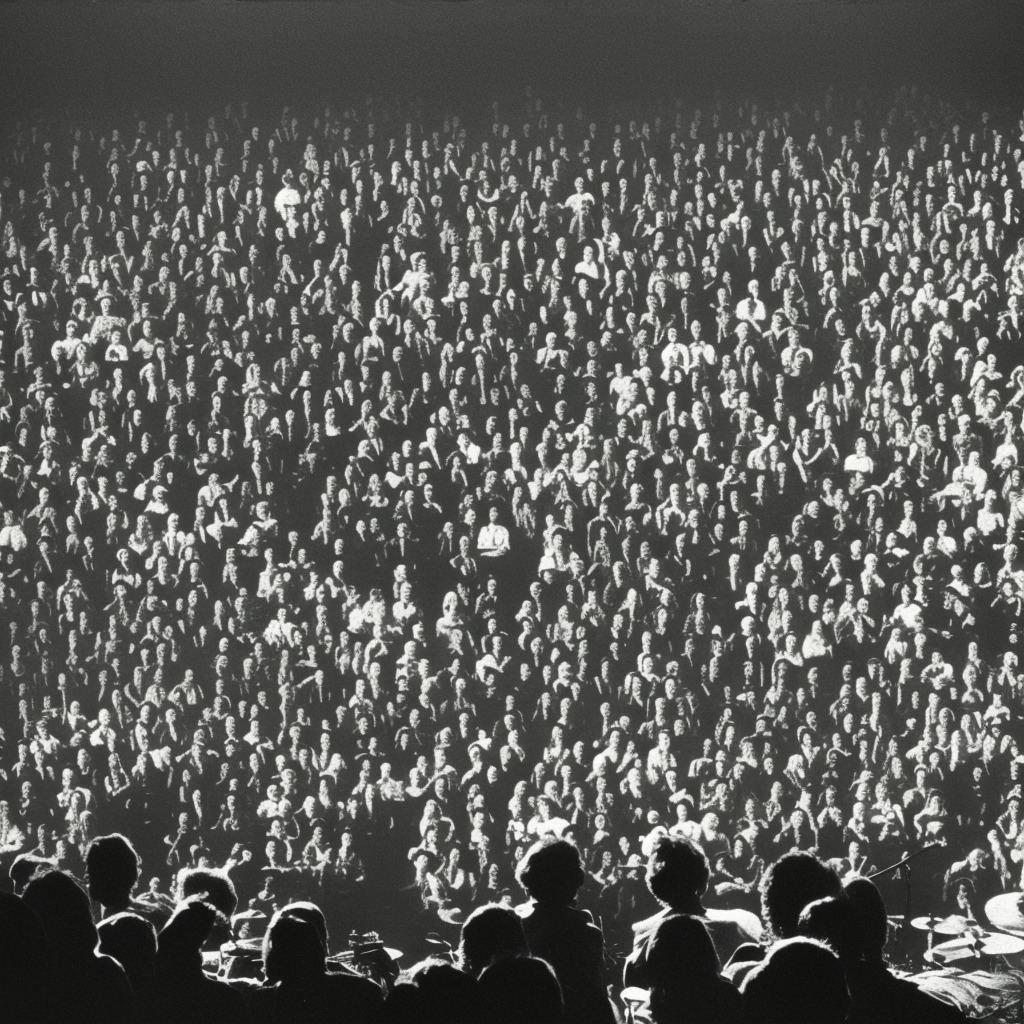Billy Joel: A Pianist with Profound Impact
A look at Billy Joel’s career and the significance of the song, ‘Only the Good Die Young’, in shaping his legacy during the late 70s.
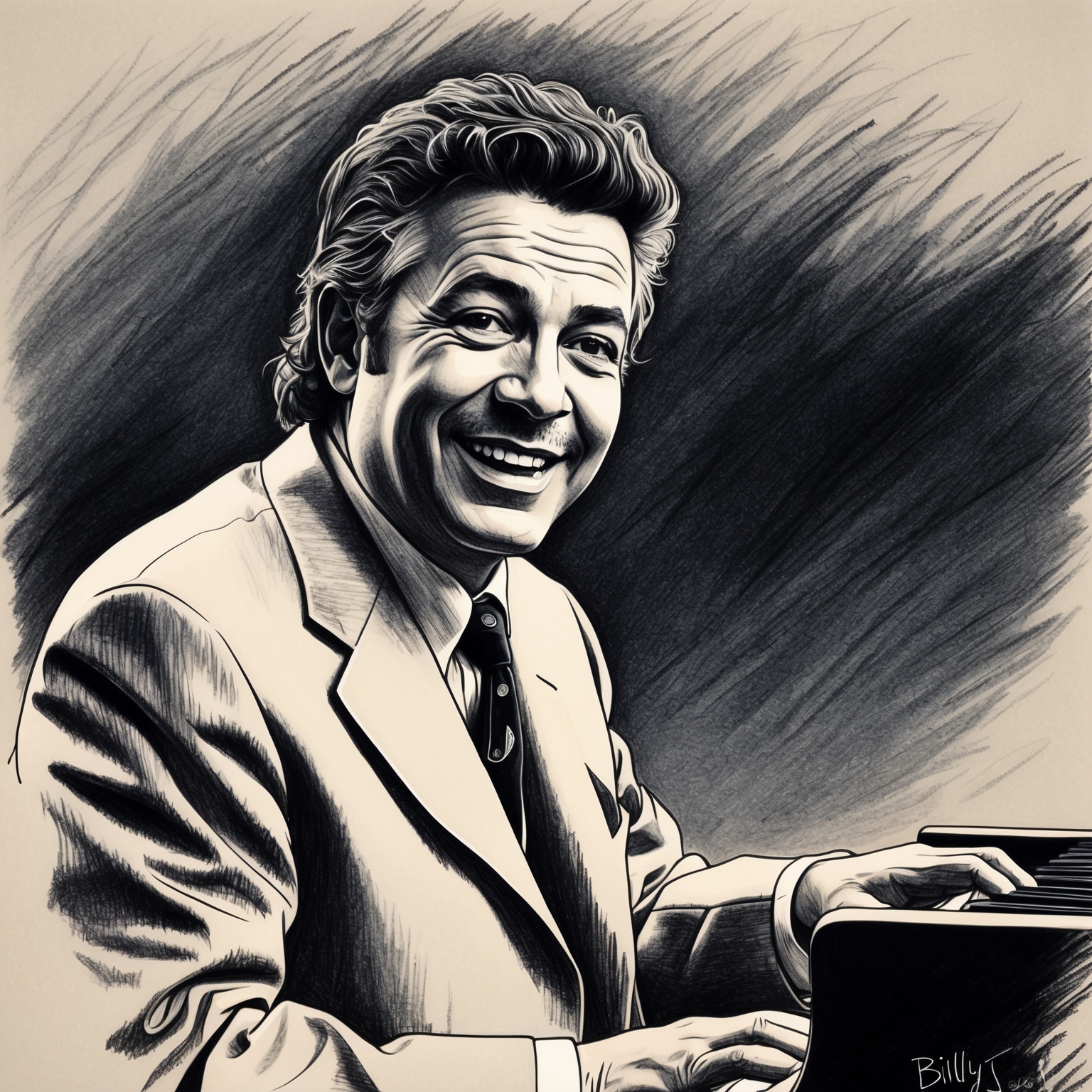
**Billy Joel**, often hailed as one of the most influential artists of the 20th century, emerged with a unique ability to blend storytelling and musical prowess, crafting songs that continue to resonate across generations. While some know him as the ‘Piano Man,’ Joel’s song “Only the Good Die Young” marked a significant moment in his career, showcasing his daring approach to controversial themes wrapped in catchy melodies.
Born on May 9, 1949, in the Bronx, New York City, Billy Joel’s early years were deeply rooted in the rich cultural tapestry of the city. His immersion in classical piano training laid a formidable foundation, but it was his love for rock and roll that truly ignited his path. Joel’s career blossomed during the 1970s, with his debut album “Cold Spring Harbor” paving the way for a prolific journey in the music industry. However, it was during the mid-70s, around the release of “Only the Good Die Young” in 1977, that Joel’s artistry and daring creativity were most prominently showcased.
This era of the late 70s was marked by vibrant experimentation in music, and Joel was at the forefront, challenging societal norms and expectations through his lyrics. His collaboration with producer Phil Ramone during this period was instrumental in refining his sound, leading to a polished yet rebellious style that defined his work. “Only the Good Die Young,” although met with some controversy, is a testament to Joel’s fearless exploration of themes and his commitment to honest storytelling.
The Genius Behind the Melody: Billy Joel’s Compositional Brilliance
Explore the compositional genius of Billy Joel, the mastermind behind ‘Only the Good Die Young’, from his influences to his unique style.
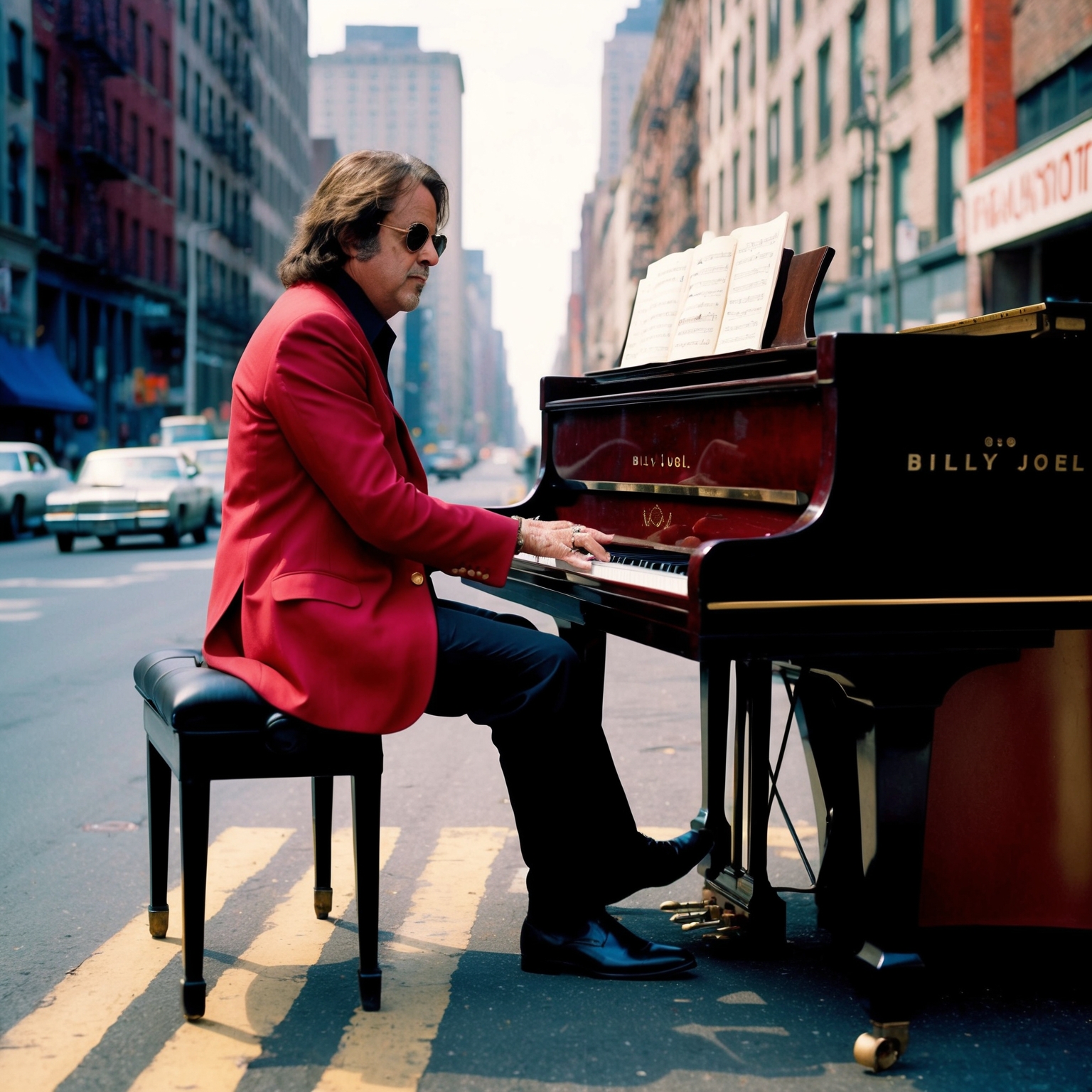
Billy Joel, an iconic figure in the music industry, isn’t just the performer of ‘Only the Good Die Young’; he is also its composer. With a musical career spanning decades, Joel’s background is rich and diverse, blending classical training with the raw spirit of rock and roll. A native of New York, he was initially influenced by piano virtuosos like Beethoven and Chopin, which provided a foundational technical proficiency. But it was the pop culture and lively street scenes of the 1960s and 70s that truly shaped his musical direction, intertwining complex melodies with poignant storytelling.
Joel’s musical style is a melting pot of different genres. Known primarily for his work in pop and rock, he daringly incorporates elements of jazz, blues, and even classical music into his compositions. His influences range from the energetic rock tunes of The Beatles to the heartfelt jazz compositions of Ray Charles. This eclectic mix is evident in ‘Only the Good Die Young’, where he combines upbeat rhythms with introspective lyrics, creating a song that is both catchy and meaningful.
Collaboration has played a significant role in Joel’s career, although ‘Only the Good Die Young’ showcases his skill as a solitary composer. He was deeply involved in both the musical and lyrical aspects of the song, crafting both the energetic piano-driven music and the controversial lyrics. Joel’s ability to marry challenging lyrical content with a vibrant melody is a testament to his knack for juxtaposition, paving the way for the song’s critical and commercial success.
The Journey of Recognition: Awards, Covers, and Media Presence
While not decorated with formal accolades, ‘Only the Good Die Young’ has left an indelible mark through covers by other artists and appearances in movies and TV shows, underscoring its enduring cultural impact.
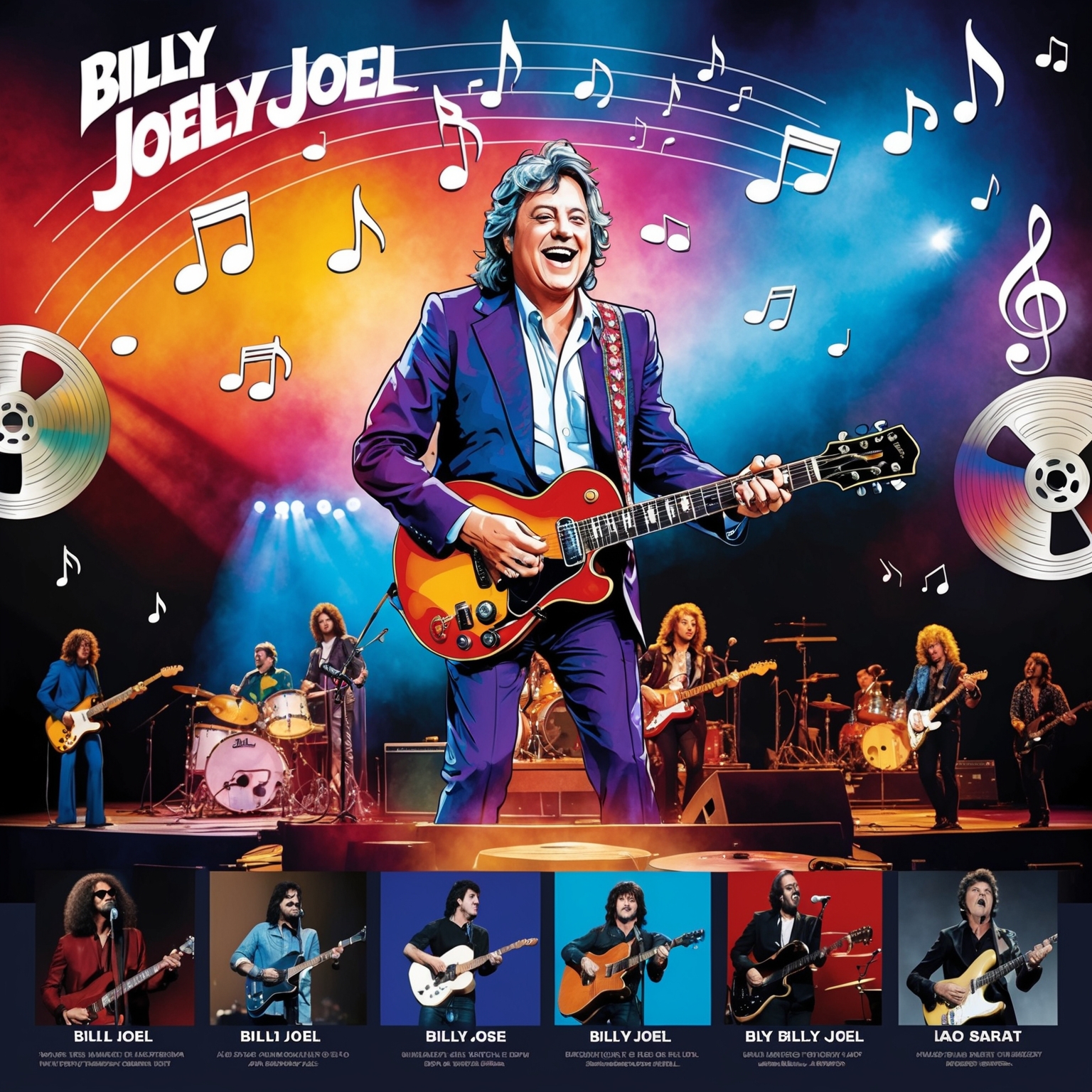
Only the Good Die Young, a timeless song by Billy Joel, may not have topped the charts with awards, but it has definitely left its mark in the world of music. While it wasn’t adorned with any specific accolades during award ceremonies, its influence extends far beyond trophies. The song’s legacy is carried forward through various covers and media appearances, underscoring its cultural resonance.
Interestingly, the song has been reimagined by other artists, each bringing their own flavor to the iconic tune. A popular rendition by the band Me First and the Gimme Gimmes added a punk twist to the original rock vibe, introducing the song to a new generation of listeners. Their cover exemplifies how Joel’s music transcends genres and continues to inspire musicians around the world.
In addition to its cover versions, Only the Good Die Young has found its way into various films and TV shows, embedding itself in popular culture. The song has been featured in movies like Ugly Girl, showcasing its ability to enhance storytelling through its upbeat yet thought-provoking lyrics. This media presence has helped solidify its status as a beloved classic, ensuring that even those unfamiliar with Billy Joel’s discography get a chance to experience his artistry.
A Surprising Chart Journey for Billy Joel’s Classic
Explore the unexpected chart journey of Billy Joel’s “Only the Good Die Young,” from its modest debut to its lasting cultural impact.
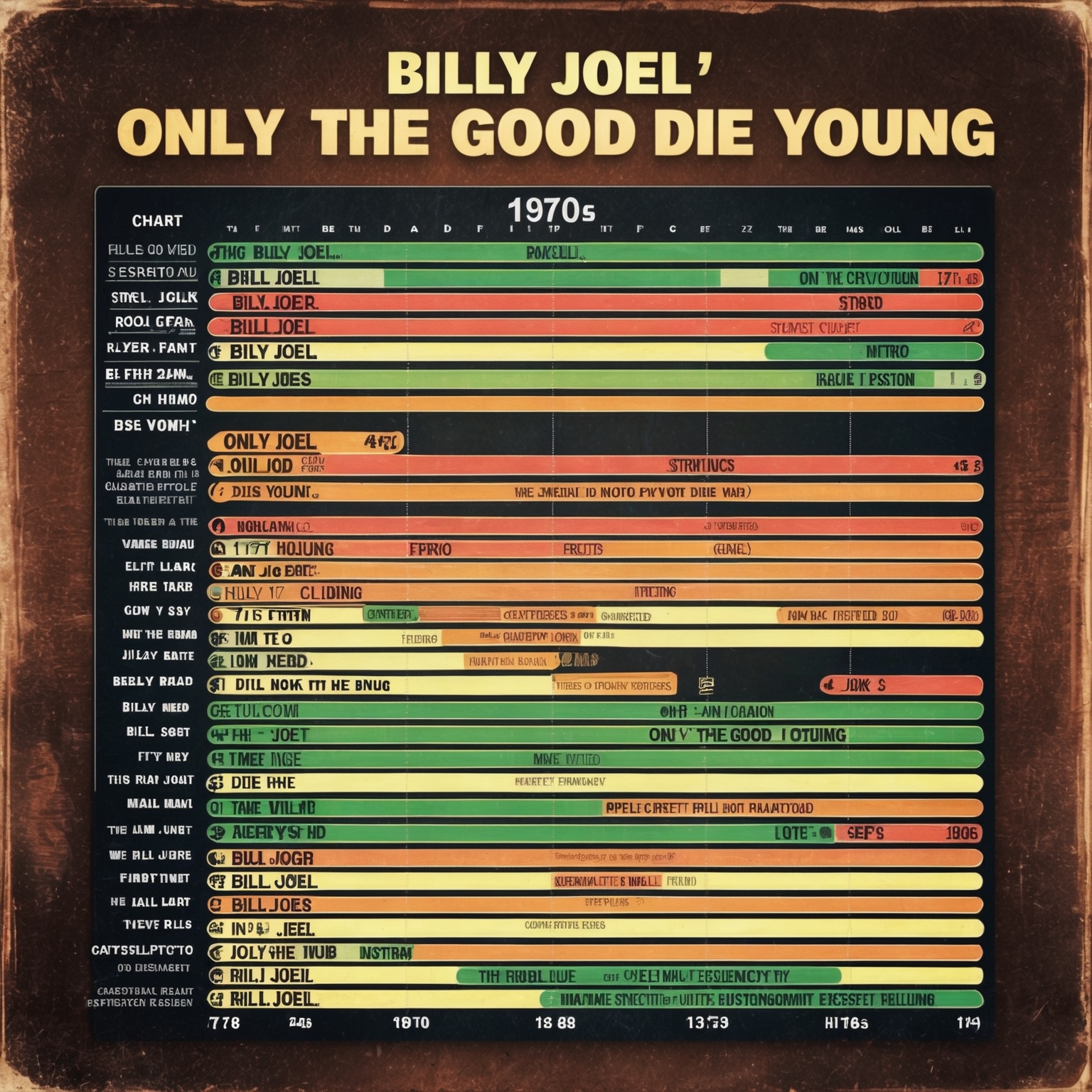
While Billy Joel’s “Only the Good Die Young” is now considered a classic, its chart journey was anything but straightforward. Released on May 2, 1977, as a part of the album The Stranger, the song initially faced a rocky reception. It debuted in a modest position on the Billboard Hot 100 and peaked at number 24, a respectable yet underwhelming achievement compared to some of Joel’s other tracks. Despite this, the song carved out a unique space within Joel’s discography and resonated with a wide audience over time.
Compared to the album’s major hits like “Just the Way You Are,” which peaked at number 3 on the Hot 100, “Only the Good Die Young” did not achieve considerable commercial success initially. However, its performance can be seen in a new light when considering its controversial nature and the subsequent stir it caused, which arguably played a role in maintaining Joel’s presence in the pop culture zeitgeist of the late 1970s. This song was a strategic follow-up to Joel’s previous successes rather than a breakthrough hit.
The marketing and promotion for “Only the Good Die Young” weren’t typical of the era. The song’s controversial reception, due to its lyrics, led it to be banned by several radio stations, inadvertently giving it an edgy allure that helped its sales. Although initially controversial, this rebellious charm allowed for sustained public interest and discussion, a noteworthy achievement given its relatively modest chart position.
The Unseen Visuals of ‘Only the Good Die Young’
Though there is no official music video for Billy Joel’s ‘Only the Good Die Young,’ fan-made videos and live performances have creatively interpreted its themes, adding to the song’s lasting popularity.

Despite its powerful presence in pop culture, Billy Joel’s iconic song “Only the Good Die Young” never received an official music video at the time of its release. This lack of a traditional visual companion hasn’t stopped fans and artists from interpreting the song through their own lens over the years, further contributing to its enduring popularity.
The song’s bold and lighthearted take on youthful defiance and religious overtones inspired numerous fan-made videos and even creative live performances. Many of these interpretations emphasize the themes of rebellion and freedom, capturing the playful yet provocative energy that Billy Joel so masterfully imbued in the track. These fan videos, often shared and celebrated across platforms like YouTube, breathe visual life into the narrative, showcasing everything from playful high school scenes to more artistic interpretations set in various settings.
The absence of an official music video hasn’t deterred critical acclaim either. On the contrary, it allowed the song to live vividly within listeners’ imaginations, paving the way for more personalized and eclectic representations. Live performances have captured Joel’s dynamic stage presence, with his charismatic delivery connecting directly with audiences as they experience the song in a shared, electrifying moment.
Dissecting the Musical Anatomy of ‘Only the Good Die Young’
Only the Good Die Young’ features robust musical structure elements like its C major key and brisk tempo. The song blends syncopated rhythms with harmonic tension, enhanced by guitar, piano, and horns. This aligns seamlessly with its light-hearted, rebellious lyrics and signifies a pivotal point in Billy Joel’s discography.
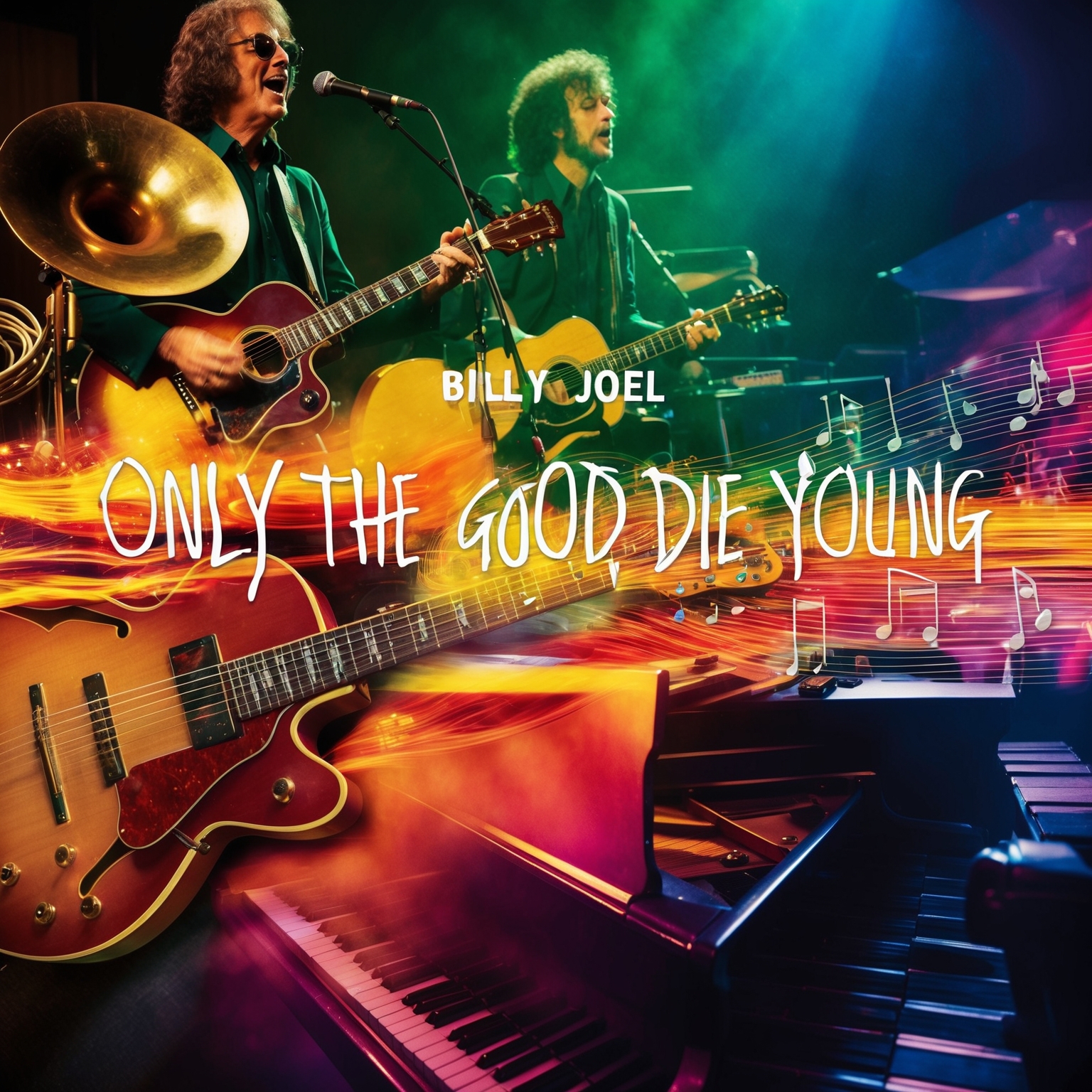
The song ‘Only the Good Die Young’ by Billy Joel can be understood as a rich tapestry of musical elements that blend together to create its distinctive sound. Written in the key of C major, the song uses a series of upbeat chord progressions that contribute to its lively and rebellious tone. The tempo is set at a brisk pace, highlighting the light-hearted yet defiant nature of the lyrics. This contrasts effectively with the sometimes serious subject matter intertwined within the song.
Examining the melody and harmony, the track employs a syncopated rhythm that energizes its overall feel. This synchronicity between rhythm and lyrical delivery maintains the listener’s interest from the first note to the last. The song also exemplifies harmonic tension and resolution, so characteristic of Joel’s work, which contributes to the engaging and dynamic listening experience. These musical structures do not merely serve as a backdrop for the lyrics but are integral to the song’s enduring appeal.
Instrumentally, ‘Only the Good Die Young’ leverages guitar, piano, and horns to establish its unique sound profile. The guitar adds a rock edge that complements the rhythmic piano, which is central in many of Joel’s compositions. The horn section, a notable feature in this song, injects an element of brassiness that enhances its playful essence. By aligning these elements with the overarching themes, the song illustrates Joel’s knack for pairing instrumental diversity with thematic depth.
Comparatively, ‘Only the Good Die Young’ stands out in Billy Joel’s discography for its spirited approach and controversial themes, diverging slightly from some of the more introspective tracks found on previous albums like ‘The Stranger’. This track illustrates Joel’s creative versatility, showcasing an interplay of light-hearted rock energy against the serious undertones of its lyrical content. Such a composition signifies an evolution in Joel’s artistic style, juxtaposing youthful exuberance with a maturing perspective presented in later works.
An interesting layer to the song’s creation came from its recording studio sessions. Produced by Phil Ramone, the album ‘The Stranger’ witnessed Joel experimenting and refining his sound, offering an anecdote of how studio improvisation and producer influence can create timeless hits. Tales from these sessions often emphasize the collaborative spirit and experimentation fostered by Ramone, which undeniably shaped the album’s production value.
Exploring the Controversial Narratives and Themes
Billy Joel’s ‘Only the Good Die Young’ dives into themes of youthful rebellion and religious critique, wrapped in a conversational style and vivid storytelling. The song’s controversial lyrics employ literary devices to challenge traditional norms, making it a compelling and provocative piece that continues to resonate.
You Catholic girls start much too late
Oh, but sooner or later, it comes down to fate
I might as well-well be the one
Well, they showed you a statue, told you to pray
They built you a temple and locked you away
Oh, but they never told you the price that you’d pay
The things that you might have done
Only the good die young
That’s what I said
Only the good die young
Only the good die young
You mighta heard I run with a dangerous crowd
We ain’t too pretty, we ain’t too proud
We might be laughing a bit too loud
Oh, but that never hurt no one
So come on, Virginia, show me a sign
…
******* This Lyrics is NOT for Commercial use *******
 Lyrical Themes and Messages: At the heart of ‘Only the Good Die Young’ is a bold and somewhat controversial theme centered on youth, rebellion, and a challenge to religious conservatism. Billy Joel’s lyrics shine a light on the tension between youthful impulses and traditional values, specifically targeting the perceived constraints imposed by Catholic upbringing. The lyrics suggest an embrace of life and spontaneity, urging the listener to seize the moment rather than adhere strictly to societal norms. This theme resonated with many listeners in the late 1970s, a time marked by cultural shifts and questioning of traditional structures.
Lyrical Themes and Messages: At the heart of ‘Only the Good Die Young’ is a bold and somewhat controversial theme centered on youth, rebellion, and a challenge to religious conservatism. Billy Joel’s lyrics shine a light on the tension between youthful impulses and traditional values, specifically targeting the perceived constraints imposed by Catholic upbringing. The lyrics suggest an embrace of life and spontaneity, urging the listener to seize the moment rather than adhere strictly to societal norms. This theme resonated with many listeners in the late 1970s, a time marked by cultural shifts and questioning of traditional structures.
Narrative and Storytelling: The narrative of ‘Only the Good Die Young’ is delivered in a conversational, first-person style, which adds immediacy and personal engagement to the storytelling. The speaker addresses ‘Virginia,’ a metaphor for innocence and restrained youth, urging her to break free from societal and religious constraints. This direct address not only dramatizes the tension but also invites the audience to become part of the story, enhancing its emotional impact and making its rebellious message more poignant.
Use of Literary Devices: Joel employs various literary devices to enrich the song’s lyrical quality. There’s a notable use of rhyming and rhythm that makes the lyrics memorable and compelling. Additionally, Joel’s lyrical use of metaphors, such as comparing religious institutions to ‘statues’ and ‘temples,’ serves as a critique of the rigid structures that impede personal freedom. This wordplay, coupled with the catchy refrain ‘Only the good die young,’ encapsulates the song’s central message with a sense of urgency and vibrancy.
Controversies or Misinterpretations: It’s worth noting that ‘Only the Good Die Young’ sparked considerable controversy upon its release. The Catholic Church criticized it for promoting immoral behavior, leading to bans in some areas. However, Joel defended the song, arguing that it wasn’t an attack on faith but rather an advocacy for choice and the exuberance of youth. This controversy, while polarizing, contributed to the song’s enduring legacy, stirring public debate and encouraging diverse interpretations.
In summary, the lyrics of ‘Only the Good Die Young’ intertwine masterful storytelling with bold thematic undertones, making it a timeless piece that continues to provoke thought and elicit discussion among listeners.
? Did you know? Billy Joel’s Only the Good Die Young was banned by some radio stations, but it only made the song more popular! ? #RebelClassic #BillyJoel #MusicTrivia tinyurl.com/4wckhamb
Click to Tweet

